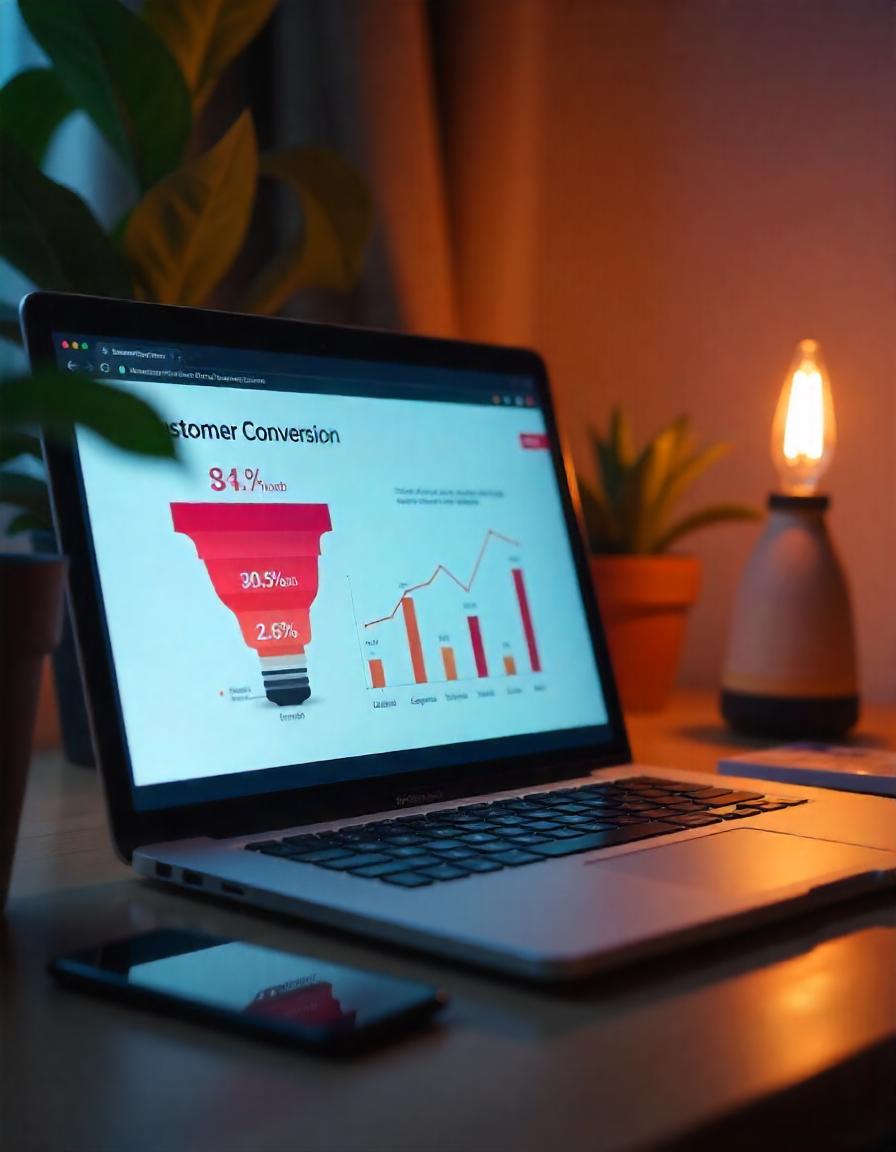Introduction
Welcome to the wild world of e-commerce where every click could either turn into a cha-ching or just another tumbleweed rolling past your digital storefront. If you’ve set up shop online but your sales feel more like a ghost town than a bustling bazaar, don’t worry, you’re in the right place! In this guide, we’ll mix in some laughs, practical tips, and smart strategies to help you turn those clicks into customers faster than you can say, “Add to cart!”
Know Your Online Audience: Who’s Buying Your Stuff?
Before you dive headfirst into the e-commerce ocean, you’ve got to know who’s swimming your way. Are your customers trendy millennials hunting for the latest gadgets? Or maybe busy parents who just want to get in, get out, and get on with their day? Knowing your audience is like knowing which way to run when the Wi-Fi drops, it’s half the battle!
Create Customer Personas
Think of customer personas as your business’s cast of characters. Maybe you have “Savvy Sarah,” the deal-hunting pro, or “Busy Bob,” the parent who values speed over everything. These personas help you tailor your products and marketing so you’re not selling snow shovels in Florida. (Unless you’re really into niche markets!)
Crafting an Irresistible E-Commerce Site
1. User-Friendly Design
Your website is your digital storefront. If it’s confusing, customers will bounce faster than you can say, “Where’s the exit?” Make sure your navigation is smooth, pages load quickly, and finding products is as easy as pie (hmmm, pie).
2. Stunning Visuals
People love eye candy. Invest in high-quality photos and videos that show your products in their best light. Don’t just tell customers your product rocks, show them! Think of it as a mini fashion show, but without the awkward runway walks.
3. Compelling Descriptions
Your product descriptions should do the heavy lifting before customers even hit checkout. Highlight benefits, features, and maybe a fun fact or two. Write like you’re chatting with a friend over coffee; warm, relatable, and convincing enough to make them say, “Take my money!”
Boosting Traffic to Your E-Commerce Site
1. Harness the Power of SEO
SEO is your secret weapon, the magic glue that pulls visitors to your site. Use keywords your audience is searching for and sprinkle them throughout your content. Become the go-to spot on the internet for what you’re selling!
2. Leverage Social Media
Social media is your party planner for driving traffic. Post eye-catching content, engage with followers, and run promotions that make people want to join the fun. Keep it lively, engaging, and a little bit cheeky because who wants to miss a good party?
3. Start a Blog
Think of blogging as the icing on your e-commerce cake. Share tips, tricks, industry news, or how-tos related to your products. It boosts SEO and positions you as the wise guru everyone trusts. Plus, it’s a great way to keep your audience coming back for more.
Converting Visitors into Customers
1. Optimize the Checkout Process
A complicated checkout is like a maze frustrating and likely to lose customers. Simplify it! Allow guest checkouts, minimize form fields, and offer multiple payment options. You want customers to finish their purchase, not throw their computer out the window.
2. Use Scarcity and Urgency
Nothing motivates like a little FOMO (fear of missing out). Use phrases like “Limited stock!” or “Only 2 left!” to encourage quick buys. Just don’t cry wolf, keep it honest or customers will catch on.
3. Follow-Up Emails
If someone abandons their cart, don’t give up! Send a friendly reminder email with a discount or testimonial. It’s like a gentle nudge saying, “Hey, you forgot something awesome!
Providing Awesome Customer Service
1. Be Available
Whether it’s live chat, email, or social media, being there for your customers makes a huge difference. Quick responses show you care and can turn a frustrated shopper into a loyal fan faster than you can say, “How can I help?”
2. Handle Feedback Graciously
Feedback is gold even the not-so-great kind. Use it to improve and show customers you’re listening. Respond with gratitude, and you’ll turn critics into repeat buyers. Think of it as boomerangs that come back with good vibes!
Analysing Your E-Commerce Performance
1. Track Analytics
Tools like Google Analytics are your business’s crystal ball. They show what’s working, what’s not, and where to tweak your strategy. It’s like having a magic mirror that tells you how healthy your store really is
2. A/B Testing
Try A/B testing different site elements like layouts or call-to-action buttons to see what clicks with your audience. It’s a science experiment with no explosions, just better conversions!
Conclusion
With the right strategies and a sprinkle of humour, your online store can go from digital tumbleweed to thriving marketplace. Know your audience, build a killer site, and never underestimate the power of stellar customer service.
Need a hand? The expert team at Hodessy LLC is ready to help you turn those clicks into loyal customers. Because your hard-earned traffic deserves to become real sales!












